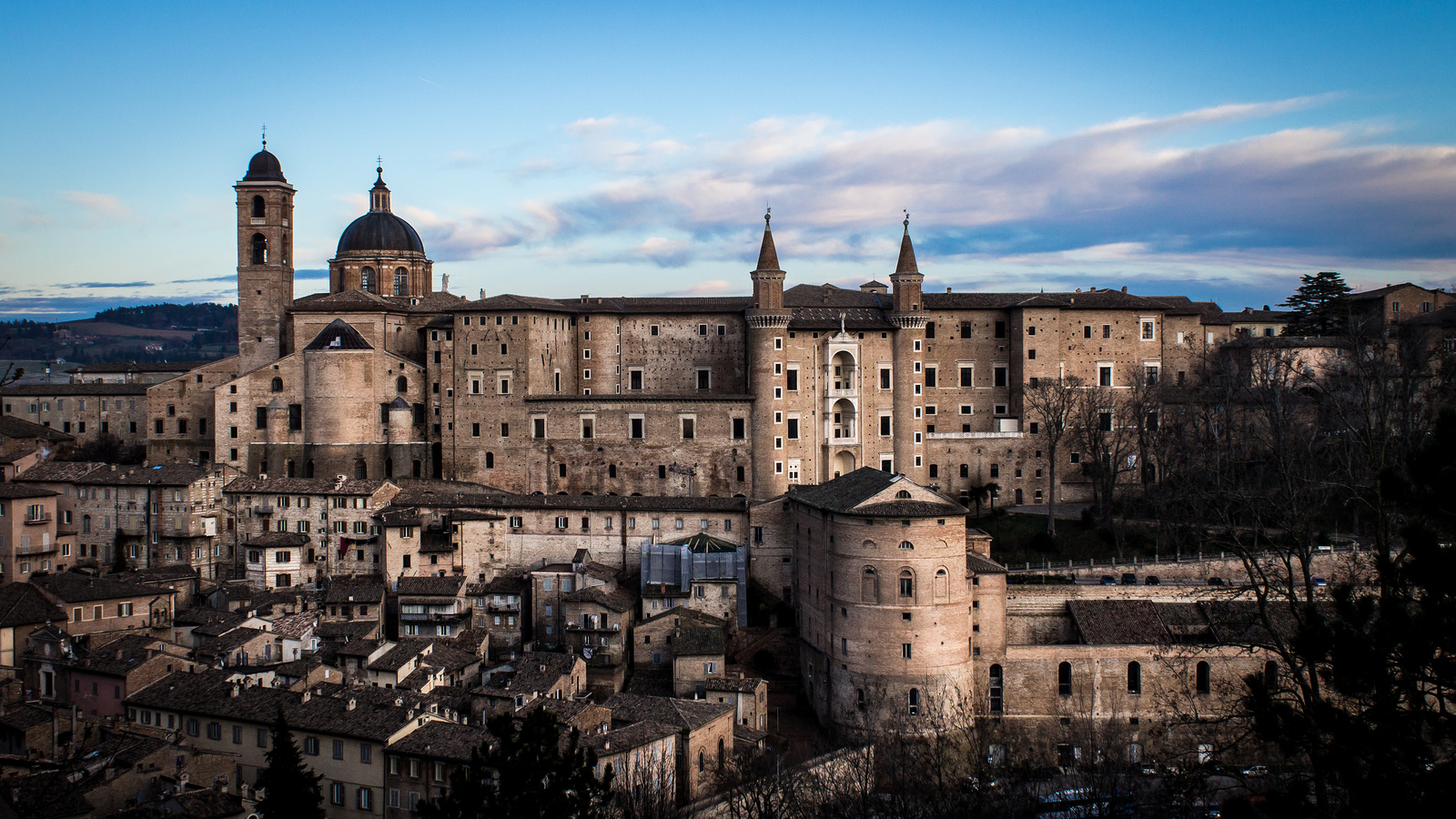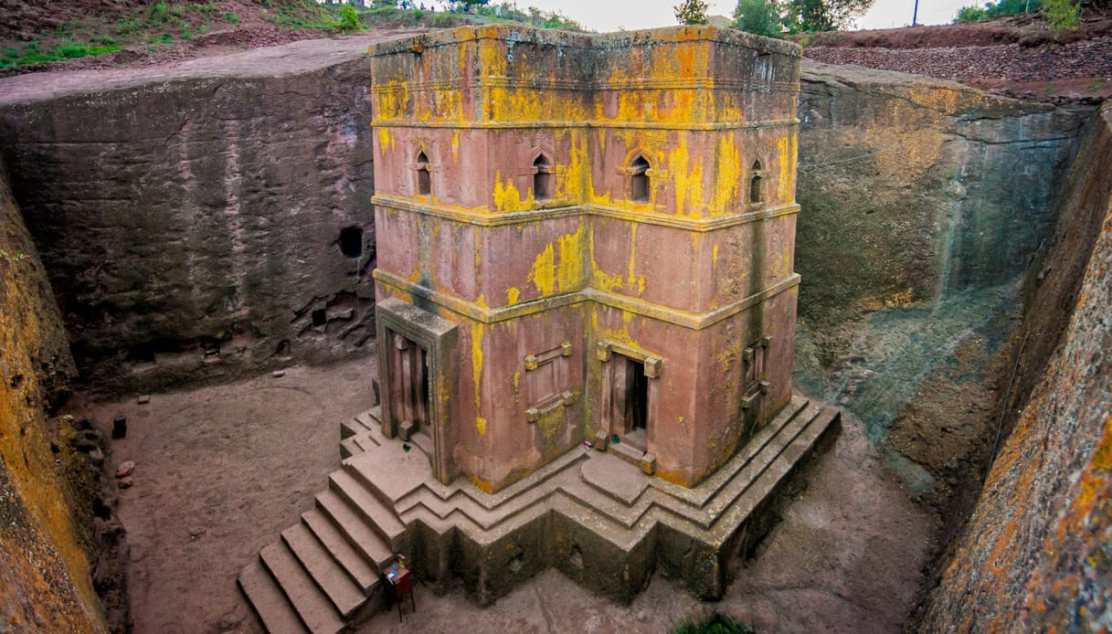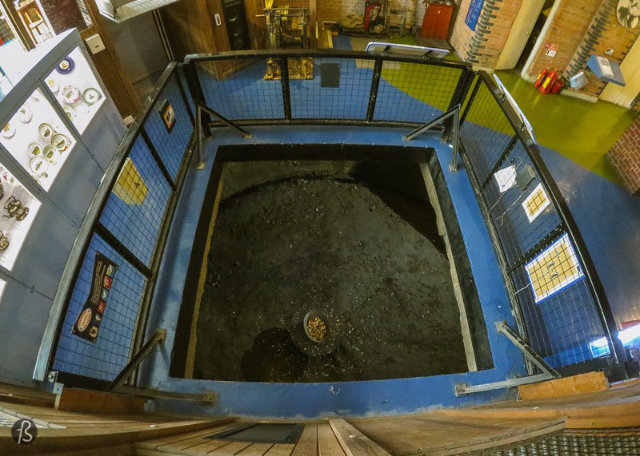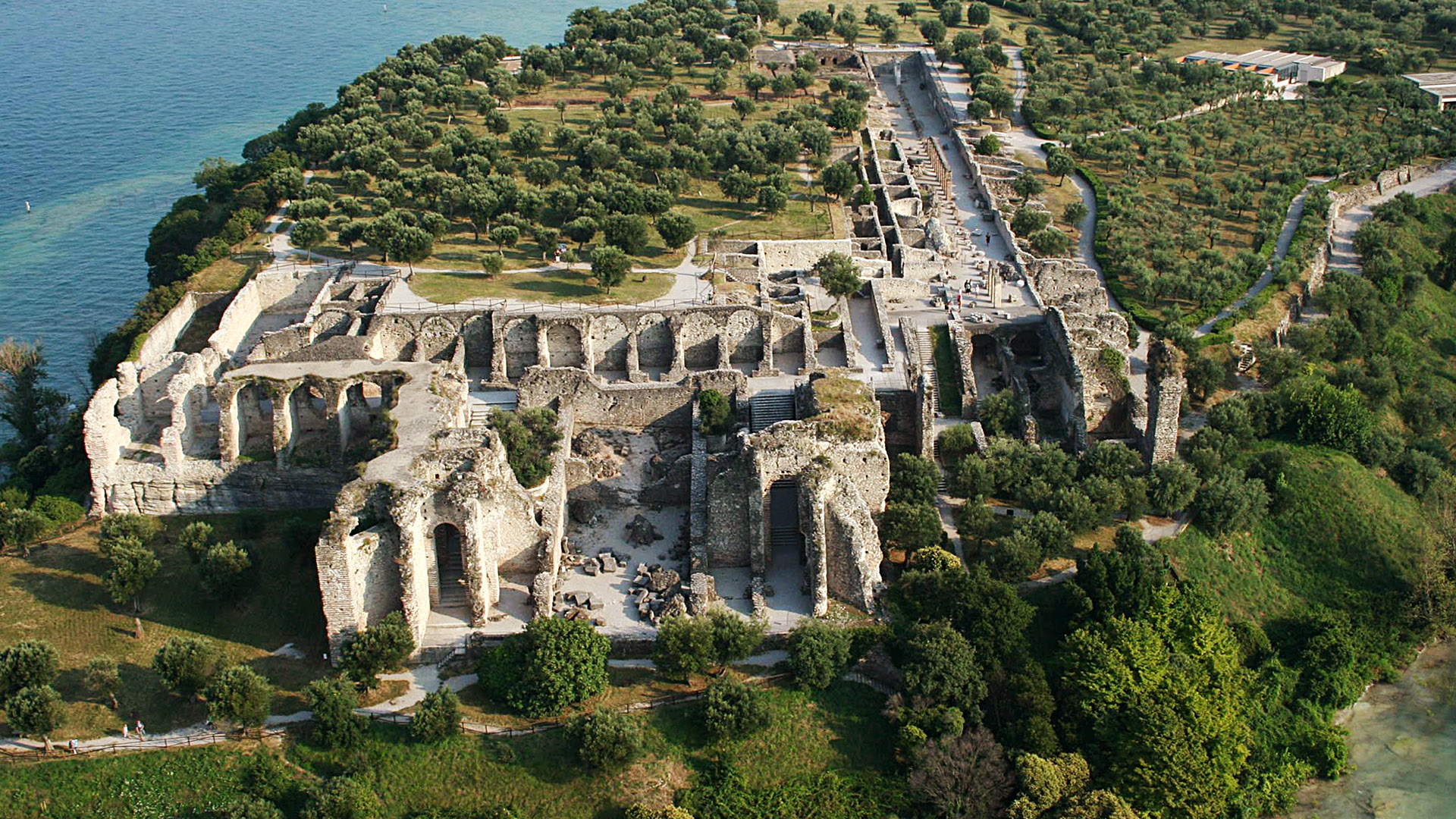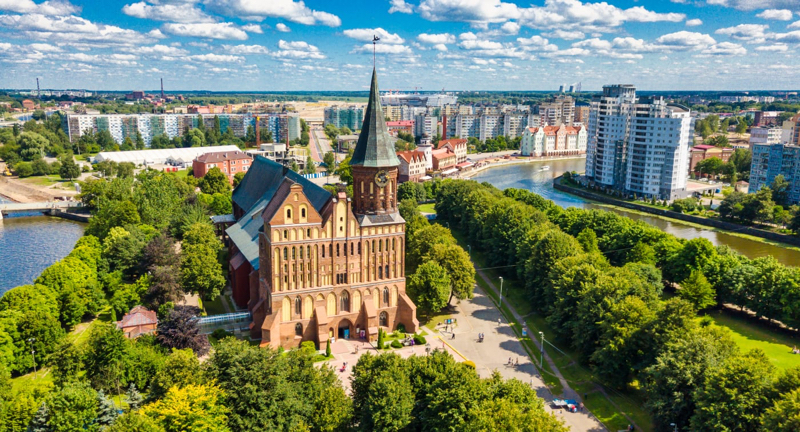Federico III da Montefeltro, the most illustrious personage who linked the history of the city to his own fame, governed Urbino from 1444 to 1482. An example of a perfect Renaissance prince, proud leader, friend of Lorenzo de’Medici, fair and enlightened politician and patron of exquisite taste and passion, Federico was able to condense in a small town the most prominent figures of the Italian Renaissance culture. Pursuing the intention of transforming his house into the home of the Muses, he called upon the best men and artists of his time: Piero della Francesca, Luciano Laurana, Leon Battista Alberti, Francesco di Giorgio Martini. In this cradle of culture moved the first steps artists such as Raphael and Bramante.
In 1508 the duchy passed to the della Rovere family, which, while not equaling the splendor of the Montefeltro, continued to gather around them musicians and set designers, artists and men of letters; the court moved its headquarters to Pesaro.
After the great Renaissance season, the city experienced a dark period with the passage to the Church in 1631, but saw new splendor at the beginning of the eighteenth century, following the election to the papal throne of Clement XI, son of the princely Albani family. This family, promoting with enlightened patronage the civil and religious buildings, contributes to give a new face to the city.
In the second half of the 15th century, an urban planning project was undertaken in which various personalities from the Duchy took part, interested in the study and experimentation of perspective at the behest of the Duke of Urbino Federico da Montefeltro. The historical center, which has an extension of a little more than one square kilometer, is enclosed within bastioned walls and entirely built in baked bricks. With an elongated rhomboidal shape, the center is divided by two main and almost perpendicular streets that meet in the main square. What strikes you about the urban design of Urbino is the dense urban plot in which narrow streets, sudden ups and downs, alleys, stairways and underpasses, palaces and churches that form, thanks to the surrounding landscape, a beautiful setting. The Ducal Palace, one of the most important masterpieces of the Renaissance art, was designed by the Dalmatian architect Luciano Laurana, who baptized with his name the two sharp towers that, almost sixty meters high, are an original invention. The great mass of walls of the Palace, joins with the surrounding city giving life to the development of a “Cityà in the form of a Palace” as Baldassarre Castiglione defined it. The splendid courtyard of honor is a harmony of proportions where the design of arches and columns stand out, the chromatic play of materials, from the red of the brick to the light travertine; all around, carved on a double frieze, are the praises woven in Latin to the great Federico, which make even more concrete the ideal of harmony and balance of the early Renaissance.
